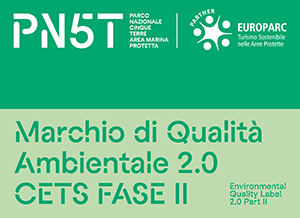Le Cinque Terre
According to popular tradition, Corniglia has Roman origins.
In fact, the gens Cornelia is believed to have owned a property and produced a renowned wine even then, so much so that wine amphorae bearing the name of Cornelia have been found in Pompeii. The history of Corniglia in medieval times is similar to that of the other villages in the Cinque Terre. The village belonged in order to the Fieschi, counts of Lavagna, later to the lords of Carpena (ancient Podesta office in the Gulf of La Spezia) and then to the bishop of Luni. The first mention of Corniglia in a document dates back to 1211.
It is known from archive documents that there was a castle, traces of which remain in the walls of the cemetery, temporarily occupied by the Pisans and returned by them in 1254. Pope Innocent IV, from the Fieschi family, already owned territories in the Gulf of La Spezia and aimed to expand further. But the Fieschi was stopped by the Republic of Genoa, which had already obtained the subjugation of Corniglia and Vernazza in 1211. Thus from then on, Corniglia followed the fate of the Republic of Genoa. Documents in the Genoa state archives record that in 1556 the Republic decided to build a fortress and walls to defend the village, which had been sacked several times 'by infidels and pirates'. The ruins of this fortress exist in the upper part of the village.
More news:
- 1608: the Cinque Terre lost its function as a podesta office. Corniglia passes under the captaincy of La Spezia.
- 1815: the Republic of Genoa is annexed to the Kingdom of Sardinia. The Cinque Terre, while remaining geographically isolated, experience a certain economic recovery.
- 1874-1880: the construction of the Genoa-La Spezia railway line unites the Cinque Terre with the rest of the territory.
- 1926-28: doubling of the railway line.





